This was my initial thought when I wear this whole outfit to meet my friends for brunch at Frankie's.
They were impressed how much patience I have to create something stylish and not lavishly spend my money. The winter here in Victoria is much colder compared to the previous two winters, and you can’t blame me if I need to wear warmer clothes, yet not lousy especially on a bright day like this.
What can I say, it makes me happy!
READ MORE:
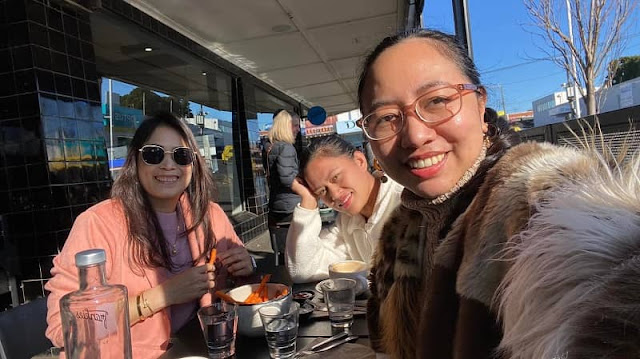 |
| gorgeous Pinay ladies of Gippsland |
For today’s blog, I would like to share my recent upcycled project using faux fur textiles that I have.
I hate seeing materials go to waste without making an effort to take my chance on something that seems to look useless to others.
Most faux furs are not sustainable
Faux fur or artificial fur is a fabric made to mimic real animal fur. It is typically made of blended polyester, modacrylic, and other acrylic fibers.
Manufacturers cut, shape, and process it to match real fur texture. Some popular kinds of faux fur include faux rabbit, faux fox, shearling, sheepskin, and sherpa. Other luxury faux fur fabrics include chinchilla, sable, beaver, ermine, marten, lynx, and leopard.
With the advancement in technology today, we can almost not distinguish between faux fur and real animal fur.
This animal-friendly fabric is warm, durable, and versatile. It is used to make a wide range of fashion accessories, including faux fur jackets, faux fur coats, faux fur vests, faux fur shawls, and faux fur shoes and purses.
We also use it to make stuffed animals, home decorations like pillows and beddings, and other faux fur products. Faux furs are silky smooth to touch and sustain dye no matter how many times you wash them. With proper care, you can recycle the faux fur material. You can also reshape fabric scraps into unique items.
However, faux fur is not biodegradable.
Although faux fur is made from non-sustainable materials, you can make faux fur fabric sustainable by minimal consumption, and through upcycling.
Turning faux fur fabric remnants into a jacket
Just like these faux fur textile remnants that I managed to save from a lady who used to be in a home decorating business. With patience and time spent sewing the pieces all together, I made a couple of faux fur jackets (including that funky colorful jacket from my previous blog), and I always felt good that these textiles didn’t go to the bin.
Even my cat loves these faux fur fabrics. Apparently, these fabrics give my cat the comfort and warmth they needed especially during this winter season.
I think it took 3-weeks for me to mix and match the textiles and hand-stitching them all together. I also noticed that these sample fabrics are labeled at the back, and it was interesting for me to learn the different kinds of faux furs based on their textures, colors, and materials. The labels are red fox, chinchilla, brown mink, porcupine, gray chinchilla, vintage mink, grey rabbit, snow leopard, honey fox, couture ivory sheared mink, ivory Mongolian, leopard, striped elk, beige rabbit, beige fox, couture champagne mink, black raccoon, couture blond mink, couture tan chinchilla, couture brown mahogany mink, lynx, tanuki, Russian lynx, coyote, and golden fox.
Thank goodness these are types of faux fur textiles and not real animal fur. My upcycled jacket would be like a safari sanctuary.
After extensive work, here is the lookbook!
I used a simple kimono pattern to make this jacket. I also added a lining to hide the stitches and added a couple of pockets inside.
Outfit details:
• Upcycled faux fur jacket – materials got it for free
• Brown knitted turtleneck top from Mawarra Opshop
• Cream knitted skirt from Femmeluxe
• Handbag and boots from Vinnies Warragul
Do I look the part of a wealthy Russian heir? Not bad, yeah?! What can you say, Ms. Anna Delvey?
My take on animal furs
Although natural real fur is one of the most sustainable fabrics that we can actually use, the conflict with various animal rights groups makes the industry in a quite controversial position, and some shoppers turn away from real furs to avoid backlash from their peers. Hence, using faux fur is a good alternative.
But I’m no hypocrite.
If someone will gift me real fur – I won’t say no to it. I will treasure it coz it is becoming rare. Not to mention that real fur is very expensive, and I wouldn’t throw money that easy just because it is sustainable.
Or if I am lucky enough to source a secondhand fur jacket from the charity shop, I will grab it in a heartbeat.
I guess it is okay to use animal fur as long as it is sourced ethically. And make sure you take good care of your item, and not treat it as another cheap fast fashion item.
Ciao, Blair




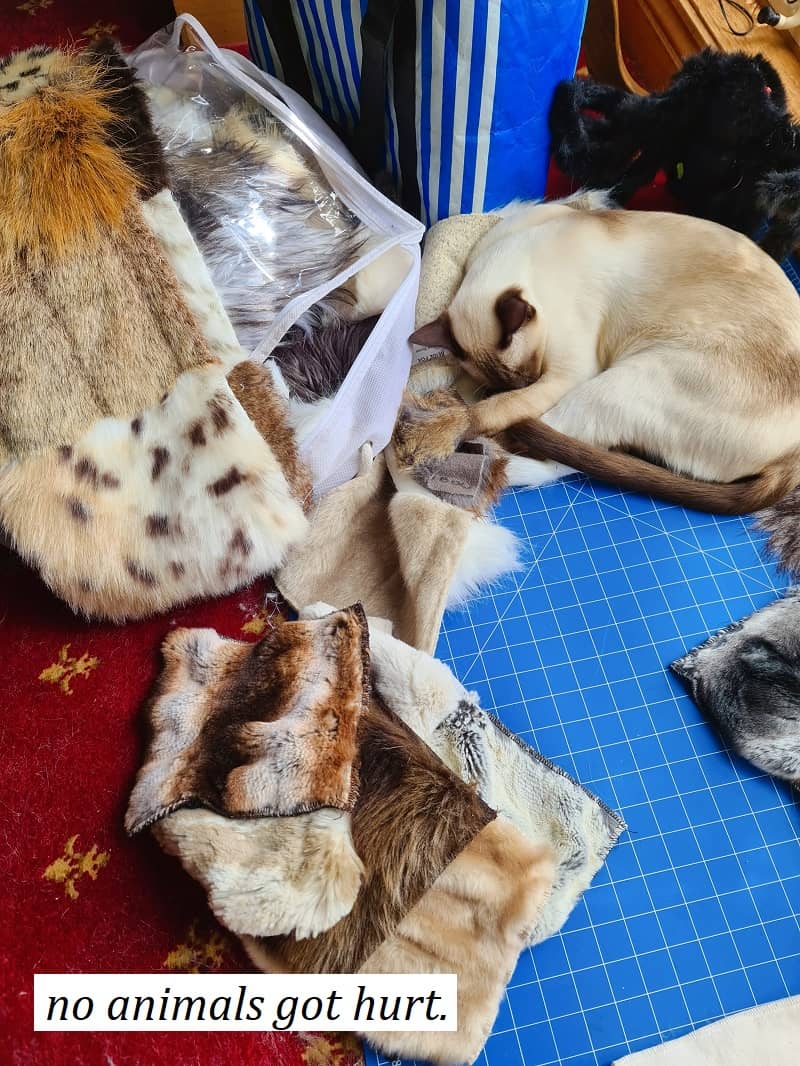




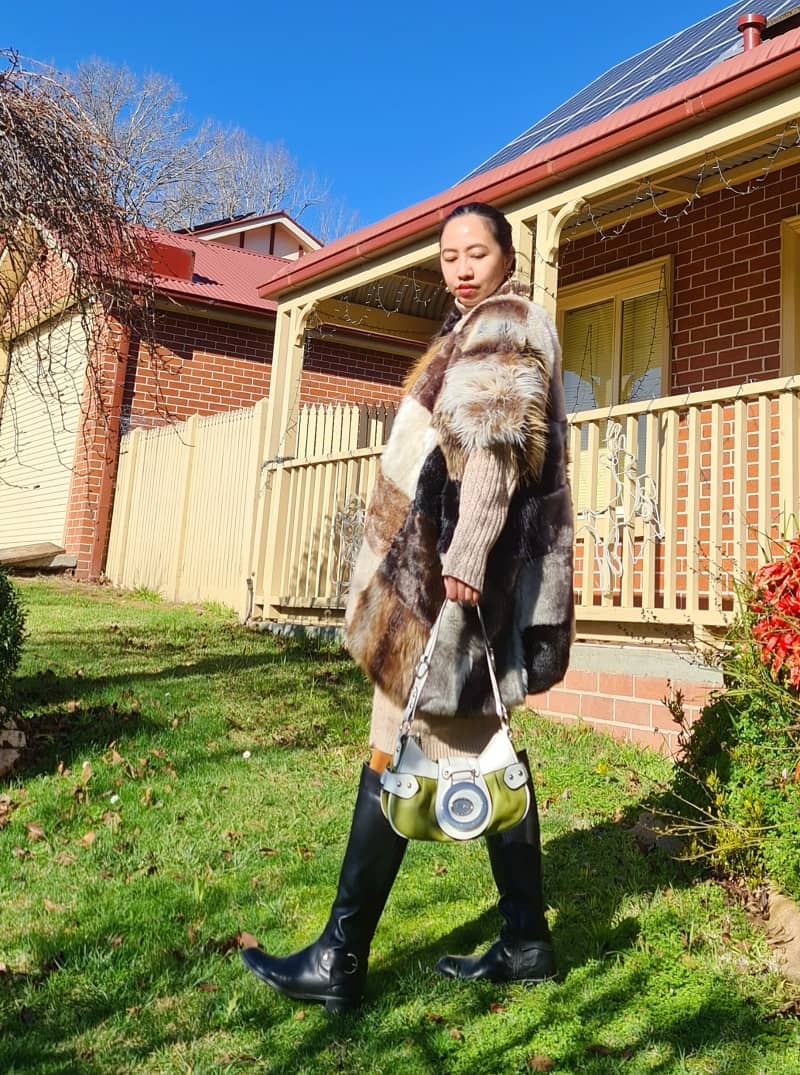

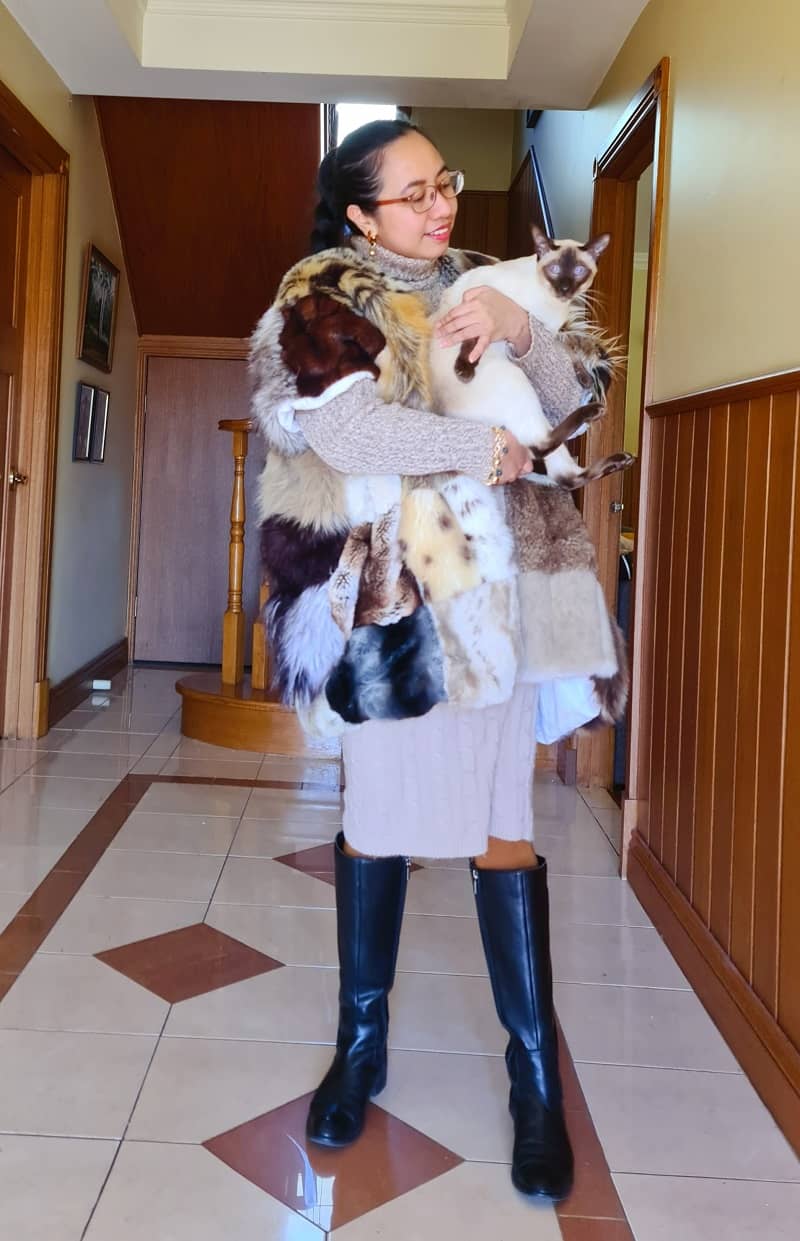



















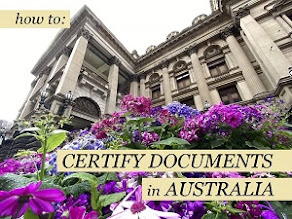
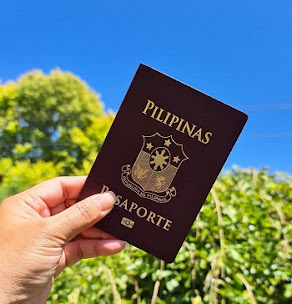
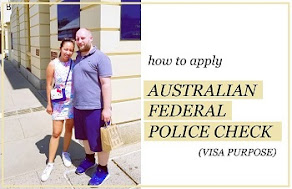
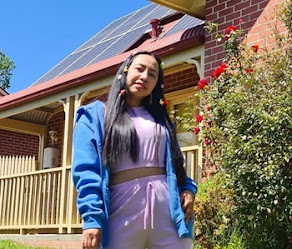

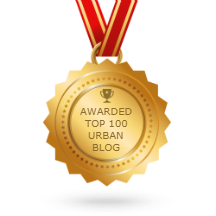
i admire how you put the colors together. i can't afford an authentic fur jacket nor do i want to have one:-0
ReplyDeleteThank you, Wendy! I felt bad to these fabrics, and I thought of making something nice and cozy.
DeleteIt also saves me on buying fake fur jacket which is also expensive if you buy brand new.
i agree with your friends. you are really creative when it comes to dressing yourself and it gives you the glow because you are very happy with that you are doing! :)
ReplyDeleteI found my eclectic soul when after living here in Australia. I felt more freedom to dress-up, and dress down depending on my mood.
DeleteI have a Russian friend and she wore something very close to what you're wearing in your photos when I first met her. Though she didn't bring any fur because she came here to the Philippines and didn't need one.
ReplyDeleteDue to high temperature in the Philippines, even fake fur textiles will easily be damage.
DeleteLove your style! For sure bagay to sa sister ko, I'll show her yung gantong style sa kanya IG style. 😍😍
ReplyDeleteGanda Ms Blair
ReplyDeleteEffort,love and Time ang Binuhos Mo dito Para makagawa Ng Beautiful Pieces at bagay na bagay talaga sa Inyo